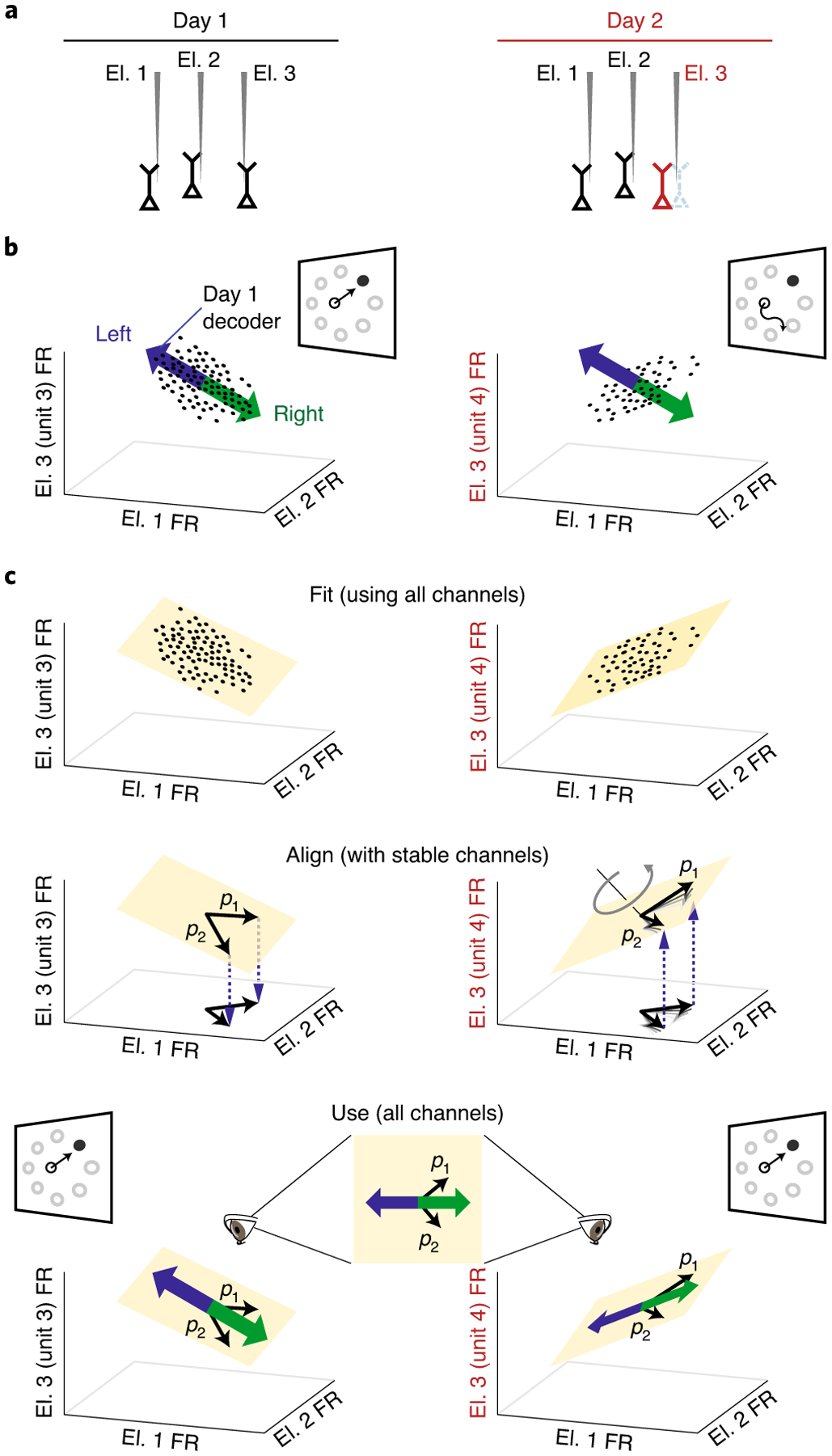Fig. 2 |. Manifold-based stabilization intuition and design.

a, Neural recording instabilities, such as a change in a neuron being recorded by a particular electrode (for example, electrode 3 (El. 3); red), result in changes in the recorded neural population activity across days. b, With a fixed BCI decoder alone, neural instabilities can result in the day 1 decoder (blue/green arrows, shown as a one-dimensional vector for simplicity) becoming inconsistent with neural activity recorded on day 2 (right; black dots). This leads to poor BCI performance. Cursor velocities are obtained by projecting the neural activity (black dots) onto the decoder axis. c, Combining stabilization with a fixed decoder allows the BCI performance to remain high across days. To extract a stable representation of neural population activity across days, low-dimensional neural manifolds are first fit to the neural population activity recorded on each day. The coordinate system for the neural manifold on day 2 is aligned so that neurons that are stable across days (electrodes 1 and 2) are defined in a consistent manner with respect to the coordinate systems for both days (denoted by the axes labelled p1 and p2). The thick black lines depict the final aligned coordinate system. Alignment ensures that unstable neural population activity is mapped to the same stable low-dimensional manifold across days, providing a stabilized latent state that can be used for decoding across days. FR, firing rate.
